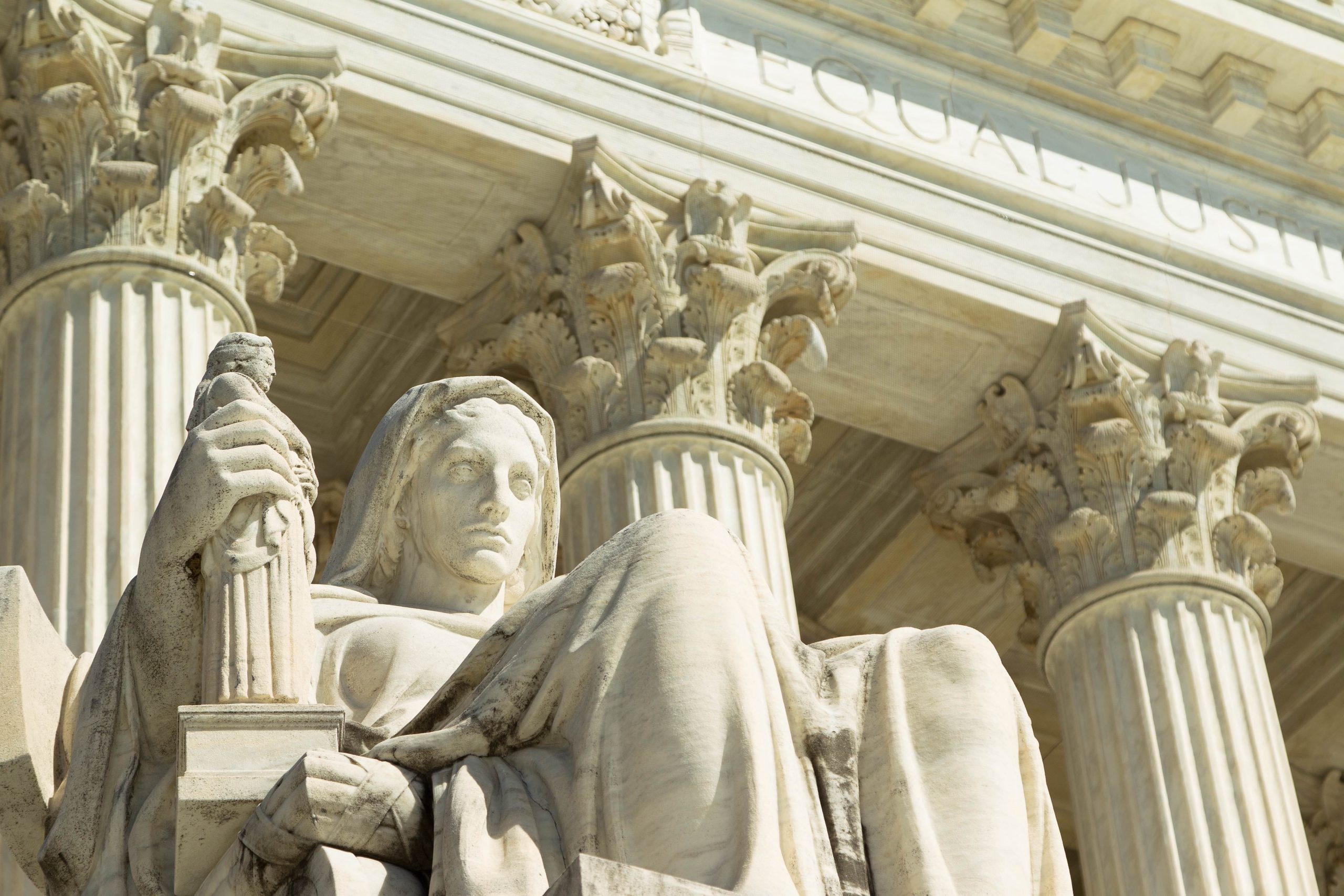Whataburger v. What-A-Burger #13 – A battle for trademark rights in North Carolina, and potential defenses for junior trademark users | Dorsey & Whitney LLP
Allegations Against What-A-Burger #13
Whataburger has once again found itself in the news over a lawsuit it filed over naming rights against a long-standing East Coast burger establishment for its purported infringement of the WHATABURGER trademark. On June 11, 2024, Whatabrands LLC, the Texas-based burger establishment, sued What-A-Burger #13, Inc., a North Carolina-based burger establishment, based on its use of the mark “What-A-Burger #13.”
According to Whataburger’s complaint, it was founded in 1950 in Corpus Christi, Texas as a single location hamburger stand, but has since expanded its operations to over 1,000 restaurants in 16 states, with its rate of expansion increasing significantly since 2020. But burgers is not all that Whataburger offers. It also sells condiments, sauces, and other food items under the WHATABURGER mark in more than 5,000 grocery stores across 25 states and Mexico. In other words, Whataburger alleges it has garnered significant goodwill in its WHATABURGER mark, for which it first obtained a federal registration in 1957. With respect to What-A-Burger #13, the complaint alleges that, since no earlier than 1969, the North Carolina burger establishment has offered goods and services under the name and trademark “What-A-Burger #13” that are identical to those Whataburger offers—namely, restaurant services and food products—in connection with two North Carolina locations and a food truck. Critically, Whataburger alleges that What-A-Burger #13’s use of the mark began more than a decade after Whataburger registered its mark.
Whataburger often receives publicity about expansion into additional states and, since 2022, this publicity has included speculation about Whataburger expanding into North Carolina. While that has yet to officially occur, in April 2024 Whataburger publicly announced its plans to expand its restaurant footprint into North Carolina in 2025. Whataburger began plotting its expansion into North Carolina as early as 2022. Pursuant to this plan, Whataburger reached out to What-A-Burger #13 in October 2022 to discuss its anticipated expansion and a likelihood of confusion between the entities, which resulted in the parties entering into a coexistence agreement in May 2023.
Under the coexistence agreement, What-A-Burger #13 was permitted to use the What-A-Burger #13 mark solely in connection with their existing locations and single food truck “in limited ways.” However, Whataburger alleges that days before the coexistence agreement was signed, What-A-Burger #13 secretly formed a separate LLC called WAB #13, LLC “to circumvent the purpose and intention of” the agreement. According to Whataburger, the formation of WAB #13, as well as What-A-Burger #13’s use of its food truck, constituted breaches of the agreement. Based on these alleged events, Whataburger filed suit against What-A-Burger #13, its related entities and affiliates, and its owner, Zeb Bost, alleging federal trademark infringement, federal and common law unfair competition, breach of contract, and unfair and deceptive trade practices.
What-A-Burger #13’s Response
Although What-A-Burger #13 has not yet filed an answer or otherwise formally responded to the complaint, the law firm representing it provided the following statement:
What-A-Burger is a small family business that originally opened in in the 1950s in Kannapolis North Carolina. Now in its third generation of ownership by the Bost family, Zeb Bost, who is the grandchild of one of the founders operates two What-A-Burger restaurants in Stanly and Cabarrus Counties. Starting in 1970, the Bost family entered into an agreement with the then-owner of WhatABurger out of Texas that it would operate without interference in Stanly and Cabarrus Counties. The Texas company broke that agreement in 2022. Now, after being in business for seventy years, What-A-Burger’s future is being threatened by this large national retailer, and the Bost family is being victimized by big money interests.
The law firm’s response raises two noteworthy legal issues and potential defenses for What-A-Burger #13: (1) the assertion that What-A-Burger #13 opened in the 1950s belies the allegations in the complaint and gives rise to a potential good faith carveout for use of the mark, and (2) the assertion that Whataburger and What-A-Burger #13 entered into an agreement in 1970 under which Whataburger would not interfere with What-A-Burger #13’s operations in Stanly and Cabarrus Counties gives rise to a potential breach of contract counterclaim. In fact, as to the first point, the Mooresville-South Iredell Chamber of Commerce’s website states that What-A-Burger #13 was founded in 1956—one year prior to Whataburger’s federal registration for the WHATABURGER mark. As What-A-Burger expanded, each new location was named sequentially. What-A-Burger opened its first location in 1956 and its thirteenth location, What-A-Burger #13, in 1969. It will be interesting to see how What-A-Burger #13 claims that the current entity is the successor in interest to the rights commencing in 1956 and how it accounts for the variation in numbering.
Analysis of What-A-Burger #13’s Potential Defenses as a Junior User
We have seen similar situations play out in the courts before. A national brand with a federally registered trademark discovers that a smaller company is operating under the same or a similar name in a limited geographic region and, in some fashion, aggressively asserts its rights under the Lanham Act. Indeed, Whataburger itself did this with another geographically remote burger establishment using the Whataburger name in Virginia more than two decades ago.
When this situation arises though, it is important to focus on the purpose of trademark law: trademarks exist to aid consumers in identifying and differentiating between brands. They allow trademark owners to protect their goodwill through the exclusive control over the use of their unique mark. When someone uses a confusingly similar name without authorization it could lead to consumer confusion regarding the products or services offered by the junior user and the affiliation or sponsorship of the senior user with those products or services. This would allow the junior user to unjustly benefit from the goodwill established by the first user in association with the mark. Thus, courts assessing trademark infringement focus on the likelihood of consumer confusion.
Notably, when two parties are using similar marks in geographically remote areas, concurrent use may be permissible under certain circumstances without the junior user being considered an infringer. One such circumstance arises where the use of the mark by the senior and junior users are confined to geographically separate markets, with no likelihood that the senior user will expand its use into the junior user’s markets, so that no consumer confusion is possible, then the subsequent user is permitted to continue use of the mark concurrently. This is known as the Dawn Donut rule and is still widely accepted, including in the Fourth Circuit, where the Middle District of North Carolina is located. Importantly, this rule only applies where the senior user is not likely to expand its use of the trademark into the geographic area in which the junior user is using the trademark because without operating in the same area, there is no likelihood of consumer confusion.
Another circumstance under which a junior user will not be considered an infringer is where (1) the junior user adopted the trademark without knowledge of the senior user’s earlier use, and (2) the junior user (or those in privity with it) has continuously used the trademark since before the senior user registered the trademark. This defense is available under Section 1115(b)(5) of the Lanham Act, and only applies to the area in which the junior use proves its continuous prior use.
Under the facts alleged by Whataburger, it is clear that the court would find that the Dawn Donut rule does not apply because of Whataburger’s planned expansion into North Carolina. Although currently Whataburger is not operating in North Carolina, making What-A-Burger #13 a geographically remote junior user, Whataburger has clear plans to expand into North Carolina based on its own announced plans, and the discussions it has had with What-A-Burger #13. Thus, Whataburger is highly likely to expand into What-A-Burger #13’s market and the Dawn Donut rule would not apply.
Though the Dawn Donut rule would not apply, What-A-Burger #13 should or could have a strong argument that it is not infringing Whataburger’s mark under Section 1115(b)(5) of the Lanham Act. Whataburger has not alleged that What-A-Burger #13 knew of its use of the mark in Texas prior to its adoption of the mark and there is no indication that it did. Moreover, it appears that What-A-Burger #13 has been using the mark since before Whataburger registered it. While Whataburger alleges that it registered its mark in 1957 and What-A-Burger #13 has been using the mark since no earlier than 1969, What-A-Burger #13’s statement and the Mooresville-South Iredell Chamber of Commerce’s website indicate that the owners of What-A-Burger #13 opened their first location under the “What-A-Burger” name in 1956. Therefore, What-A-Burger #13 has a strong argument that it has been operating in North Carolina since prior to Whataburger’s trademark registration. Assuming What-A-Burger #13 has sufficient proof of its earlier operation, it would likely succeed in asserting a defense under Section 1115(b)(5).
What-A-Burger #13’s Potential Counterclaim
In addition to asserting a defense under Section 1115(b)(5), it is likely based on What-A-Burger #13’s statement that it could assert a counterclaim against Whataburger for breach of contract. Assuming that the parties did, in fact, enter into a contract in the 1970s under which Whataburger agreed not to interfere in North Carolina in Stanly and Cabarrus Counties, then What-A-Burger #13 may have a claim that Whataburger breached this agreement by planning to expand into North Carolina.
Conclusion
This case is still in its infancy and the facts still need significant development, but it does serve as a cautionary reminder to trademark registrants seeking to expand into new geographical areas that the mere fact that its mark is registered does not give it carte blanche to enjoin any and all uses of similar marks. It also serves as a reminder to junior users that there are important exceptions to trademark priority that may be applicable to them to protect any goodwill they have established. Ultimately, nationwide protection is only available to federal trademark registrants, but the law protects good faith junior users to the extent of their continuous use. Therefore, trademark registrants should be careful to investigate the facts surrounding a junior user’s use of a mark before aggressively asserting any infringement claims.






